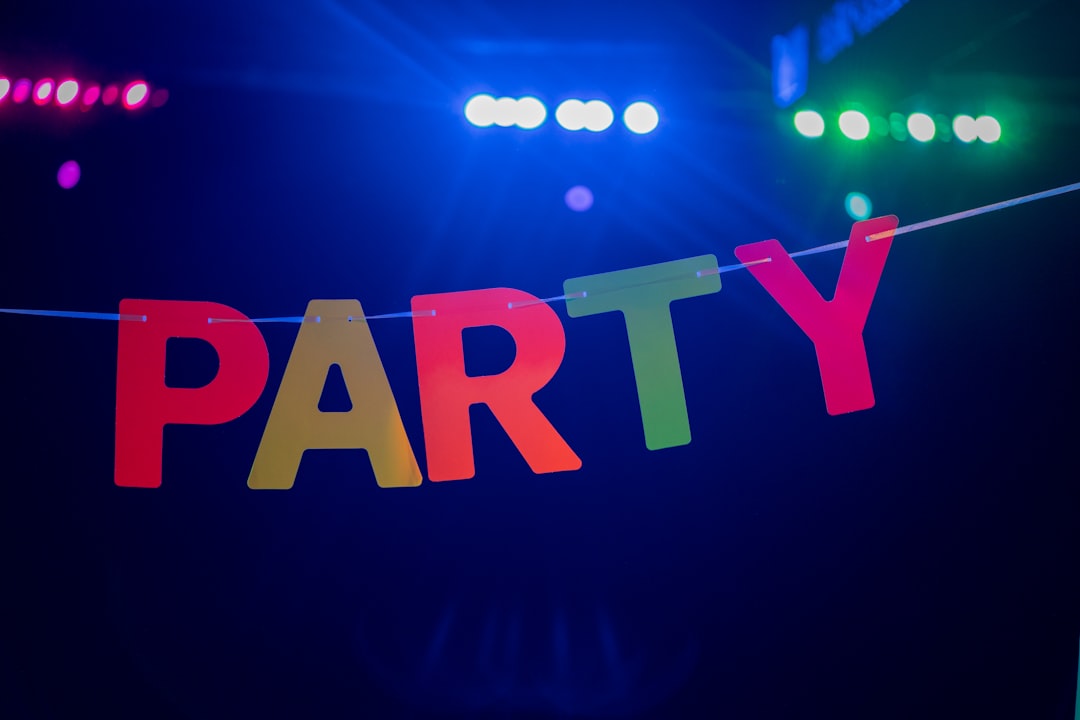Being a beginner artist can be an exciting and fulfilling journey, but it can also be overwhelming. With so many tools and materials available, it can be difficult to know where to start. That’s why we’ve put together a comprehensive list of essential tools for beginner artists to help you get started on your artistic journey.
1. Sketchbook
A sketchbook is a must-have for any artist, beginner or experienced. It’s a place where you can experiment, practice, and capture your ideas. Choose a sketchbook that suits your needs and preferences, whether you prefer heavy paper for watercolors or smooth paper for pencil sketches.
2. Pencils
Pencils are essential tools for sketching, shading, and outlining. A set of graphite pencils in varying hardness levels will give you the versatility you need to create different effects in your drawings.
3. Erasers
Mistakes happen, even for the most experienced artists. That’s why having a good quality eraser is essential for any beginner artist. Choose a soft eraser for gentle corrections and a kneaded eraser for more precise work.
4. Sharpener
A sharp pencil is crucial for creating fine lines and details in your artwork. Invest in a good quality sharpener to ensure your pencils are always ready for use.
5. Blending tools
Blending tools such as blending stumps or tortillons are essential for creating smooth transitions between different shades of colors. These tools help to blend and soften the edges of your drawings for a more polished finish.
6. Paper
Choosing the right paper for your artwork is essential for achieving the desired results. There are many different types of paper available, each suited for different mediums and techniques. Experiment with different types of paper to find one that suits your style and preferences.
7. Paintbrushes
If you’re interested in painting, a set of paintbrushes is essential. Different brushes are designed for different purposes, such as fine details, broad strokes, or blending. Invest in a variety of brushes to have the versatility you need for your paintings.
8. Paints
Whether you prefer watercolors, acrylics, or oils, having a set of paints is essential for any aspiring artist. Start with a basic set of colors and experiment with mixing them to create new shades and tones.
9. Palette
A palette is essential for mixing and holding your paints while you work. Choose a palette that suits your painting style, whether you prefer a traditional wooden palette or a disposable palette for easy cleanup.
10. Easel
An easel is essential for any artist who prefers to work standing up or at an angle. Easels come in many different styles and sizes, so choose one that suits your workspace and preferences.
11. Ruler and compass
For precise measurements and proportions in your drawings, a ruler and compass are essential tools for any artist. These tools are especially important for technical drawings or architectural sketches.
12. Lightbox
A lightbox is a useful tool for tracing or transferring sketches onto a clean sheet of paper. This is especially helpful for artists who want to refine their sketches or work on multiple revisions of the same drawing.
13. Storage
As you accumulate more art supplies, having proper storage is essential for keeping your materials organized and in good condition. Invest in storage boxes, drawers, or bins to keep your supplies sorted and easily accessible.
14. Reference materials
Whether you’re drawing from life or from your imagination, having reference materials such as photos, books, or magazines can help inspire and guide your artwork. Collect a variety of references to keep your creativity flowing.
15. Patience and practice
While not technically a tool, patience and practice are essential for any beginner artist. Art takes time to develop and improve, so be patient with yourself and keep practicing to hone your skills and create beautiful works of art.
In conclusion, being a beginner artist can be challenging, but with the right tools and materials, you can start your artistic journey on the right foot. Experiment with different tools and techniques to find what works best for you, and most importantly, have fun creating art that reflects your unique style and creativity. With dedication and practice, you’ll soon be on your way to becoming a skilled and confident artist.


